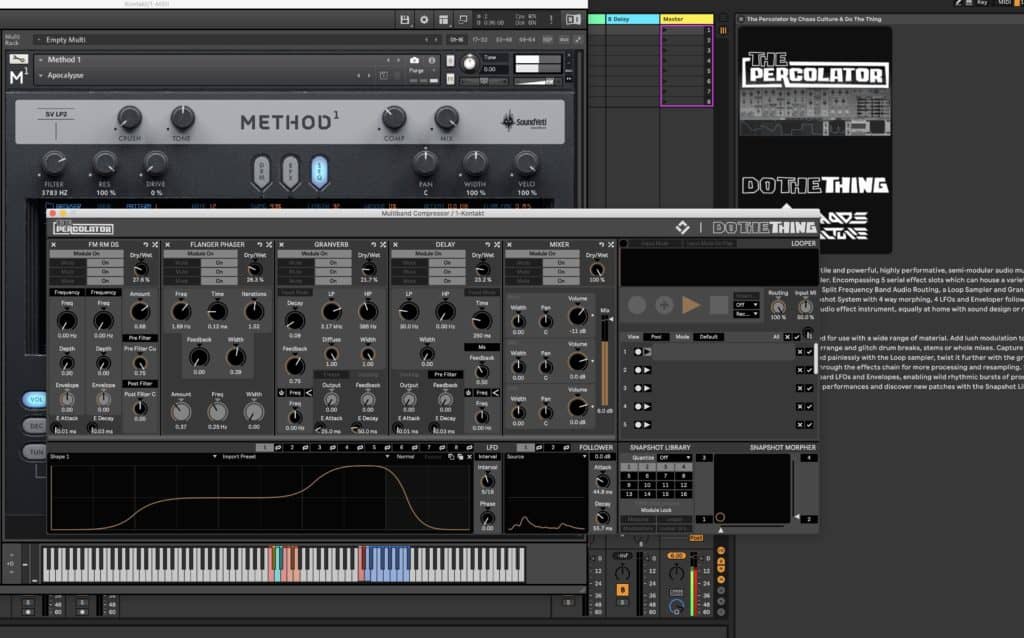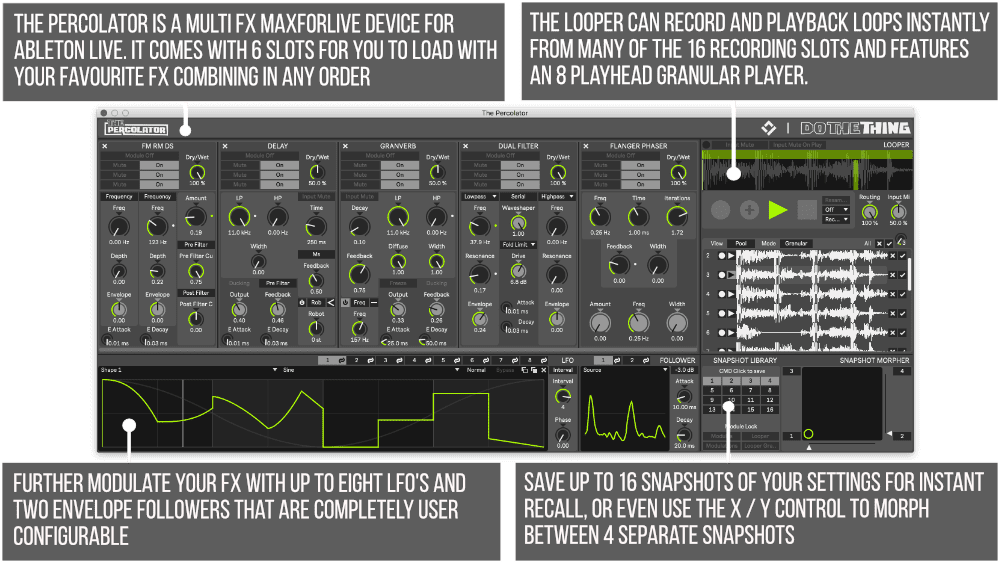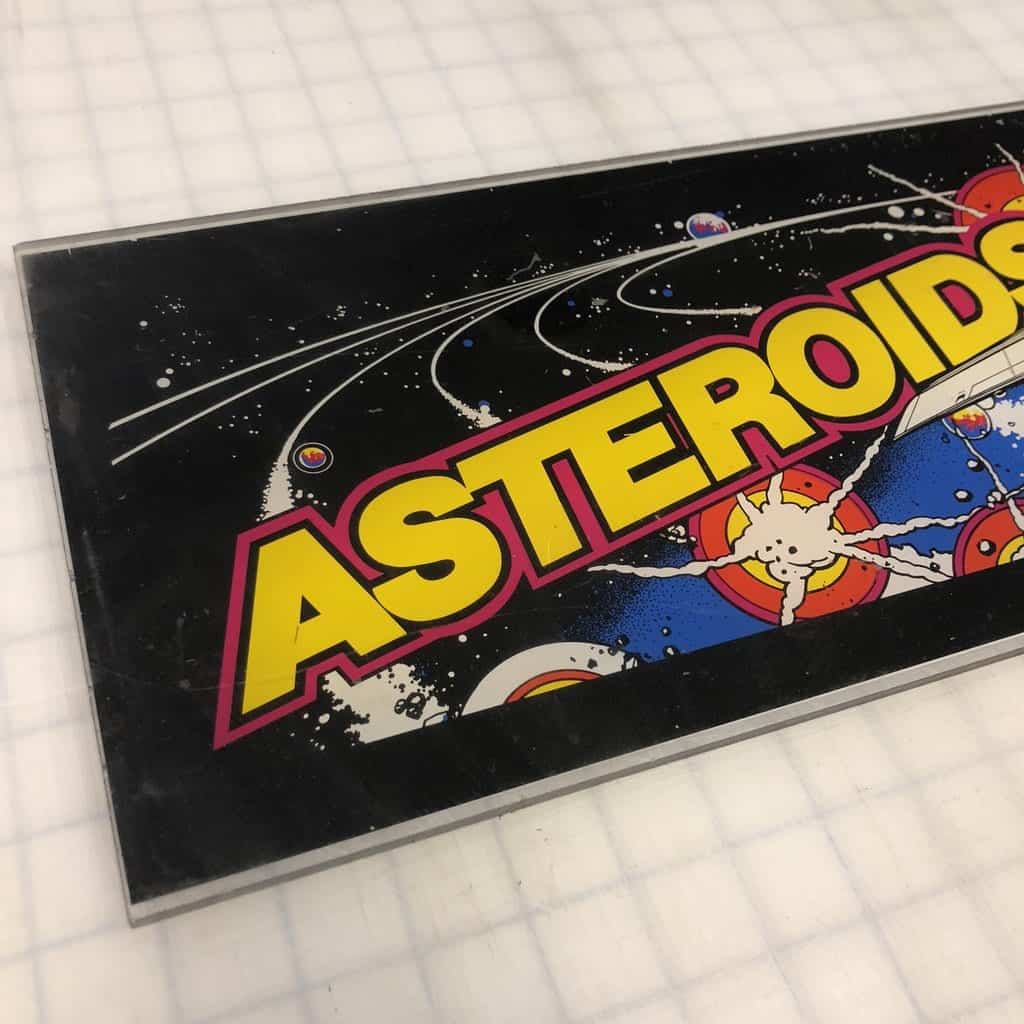New Update to The Percolator
The Percolator is a versatile and powerful, highly performative, semi-modular audio multi-effect processor and loop sampler. Containing 5 serial effect slots which can house a variety of included effect modules, Split Frequency Band Audio Routing, a Loop Sampler, and Granular Player as well as a Modular Snapshot System with 4 way morphing, 4 LFOs, and Enveloper followers; The Percolator is a dynamic audio effect instrument, equally at home with sound design or more performative use.

Version 1.1 Feature Updates
Module Reset & Randomization
- Press Reset to reset the module to the default settings
- Press Randomize to randomize the module parameters
The randomization is done with unique algorithms for each module instead of true randomness, in order to increase the chances of a useful outcome. Volume controls are limited and filter cutoff frequencies are randomized in relation to each other to avoid pointless settings that would result in silence or sudden volume spikes.
Quantize Snapshot Recall
Added the ability to quantize snapshot recalling. This quantization works exactly how the quantization of the Looper does. If you recall a snapshot right on the beat or slightly after, it still counts as being “in time”. This helps with the performative use of snapshot recall without having to focus on triggering it perfectly before the beat.
MIDI Trigger Snapshot Recall
(Live 11 only) Snapshots can now also be recalled via MIDI input for live performance use. Route any of Live’s MIDI track outputs to the MIDI input of the MIDI track hosting The Percolator device. MIDI note C3 will recall the first snapshot and consecutive notes above will trigger higher snapshot numbers. It’s suggested to not quantize snapshot recalling if the incoming MIDI data is already quantized.

Miscellaneous Improvements
- Updated The Percolator UI background colors.
- The title of the floating window now displays the device and track name, which updates automatically after renaming.
- Minor bugfixes for all GUI elements and the overall device from updating the underlying framework to the latest version.
Pricing and Availability
All Updates should be downloaded from the My Account area.










